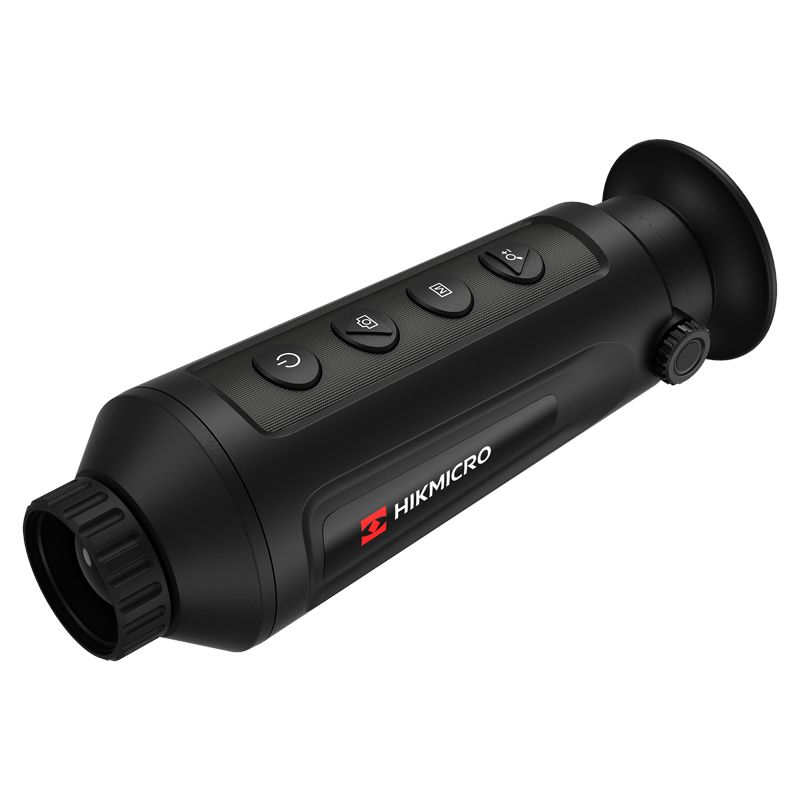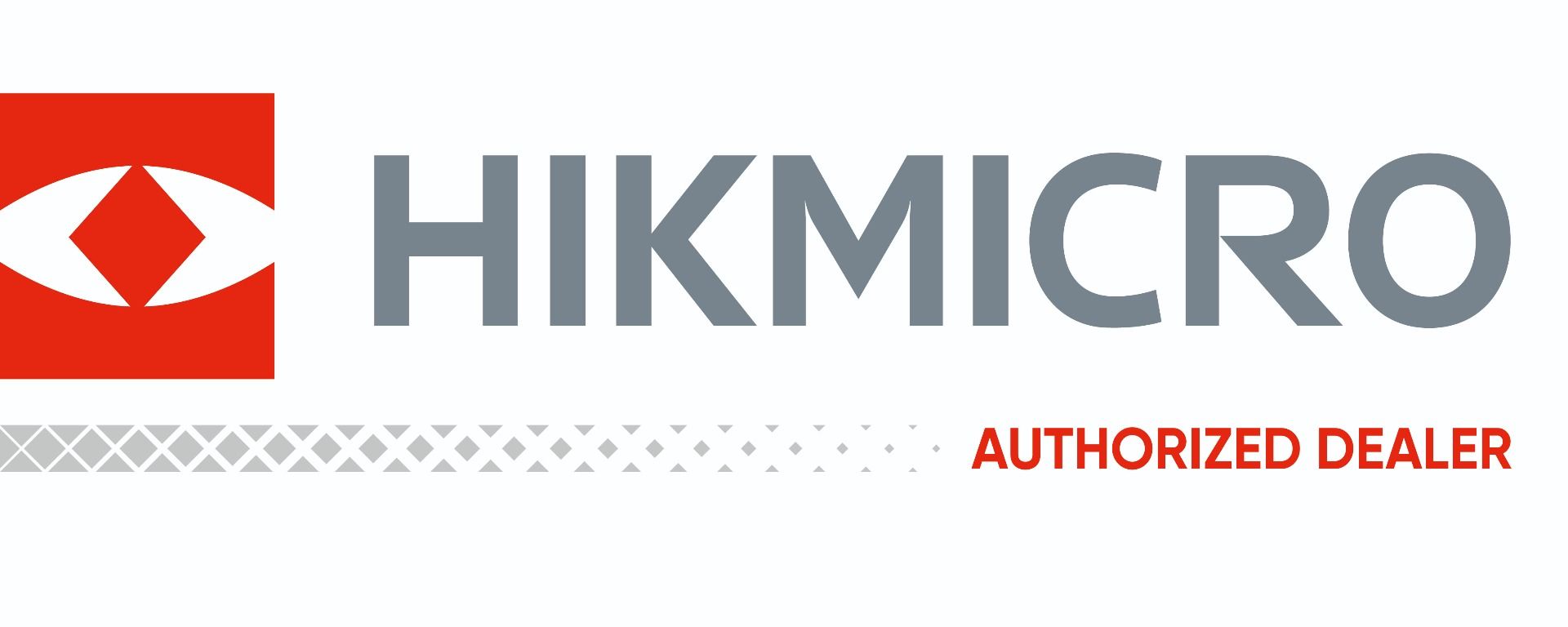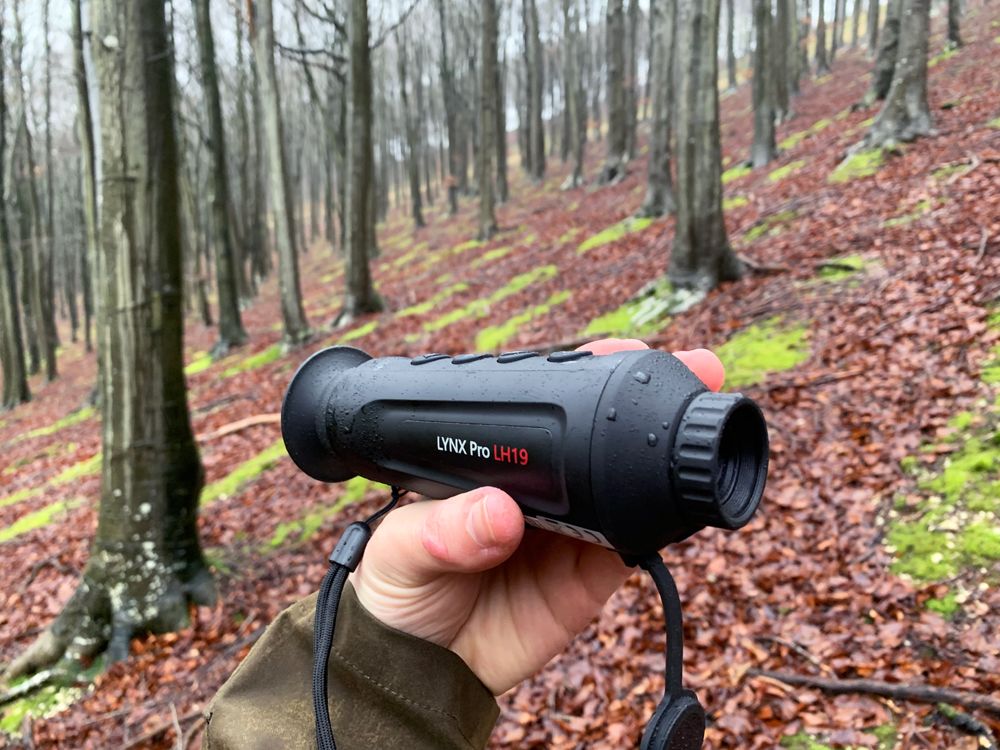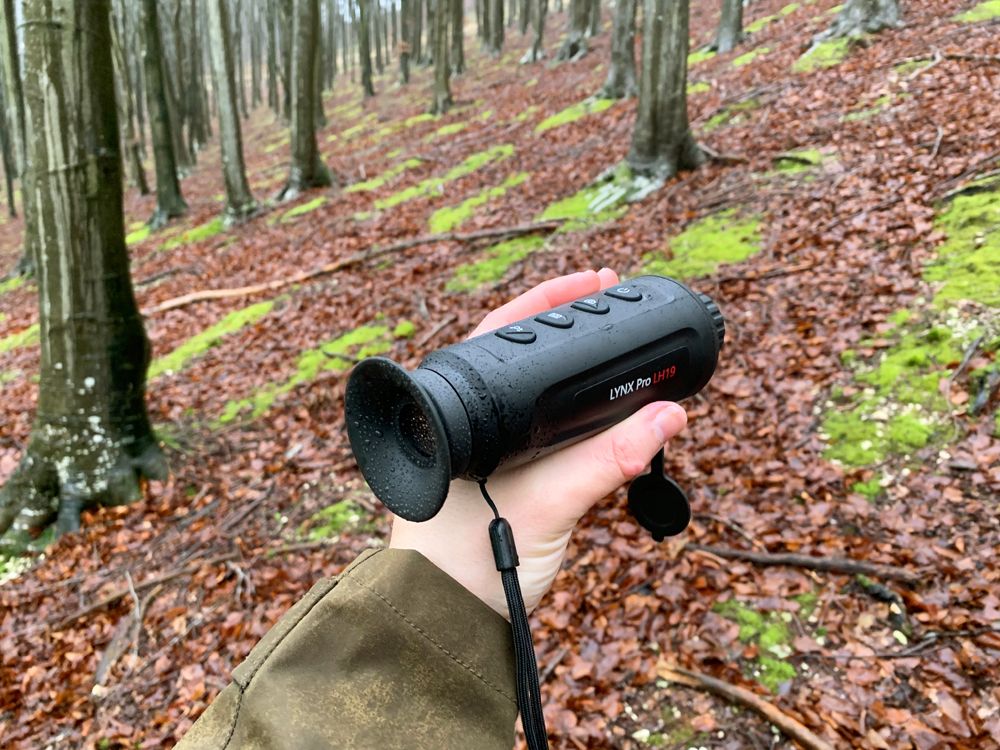Product Description
The HIK Micro Lynx Pro LH19 bridges the gap between the 15mm and 35mm models by introducing many of the features found on the premium models into a more cost-effective package.
Features
- 35mK NETD Rating - one of the most sensitive sensors available on the market, detecting even the smallest temperature differences!
- Objective Focus Ring - precisely adjust the image to optimise your view over a wide range of distances.
- 384x288px 12µm sensor - this change in pixel pitch boosts your magnification up to 1.8x allowing a detection distance of 897m (Human size target).
- 1280 x 960px LCOS Screen - featuring the same large screen from the 35mm models, producing a clear and easy-to-use view of your surroundings.
- Hot Track - activate Hot Tracking and your Lynx Pro will highlight the hottest spot detected in the current frame with a green crosshair.
- 4 Colour Profiles
- 8x Digital Magnification
- T-Vision App compatibility - Connect, Stream and Record to your Smart Phone.
Main Specs
- Sensor: 384×288px @ 12µm
- Objective Lens (Focal Length): 19 mm
- Detection Range (Human 1.8 x 0.5m): 897 m
Sensor
- Type: VOx Uncooled Focal Plane Arrays
- Resolution, pixels: 384 × 288 px
- Pixel pitch, µm: 12µm
- Frame rate, Hz: 50 Hz
- NETD: <35mK
Thermal Optics
- Objective lens: F1.0
- Magnification (Optical): 1.86x
- Magnification (Digital): 1x, 2x, 4x, 8x
- Field of view: 13.8° × 10.4° (H × V)
Display
- Type: 10 mm LCOS
- Resolution, Pixels: 1280 x 960
- Colour Palettes: Black Hot, White Hot, Red Hot, Fusion
Video Recorder
Built-in memory, Gb: 8 Gb
Additional Features
- Hot Tracking: YES
- WiFI hot spot: YES
- T-Vision App support: YES
Environmental
Degree of protection, IP code: IP67
Dust protection: Protected against dust ingress
Water protection: Protected against temporary submersion in water
Operating temperature range: -20 °C to 55 °C
Weight & Size
Dimensions, mm: 171 mm x 61 mm x 57 mm
Weight, kg: 0.31 kg
Power Supply
Operating time on battery (WiFi & Hot tracking disabled): 7.5 hours continuous running
Charging interface: USB-C
Battery capacity after 1000 cycles: 80%
Warranty Period
Main Unit: 3 Years
Battery: 2 Years
- Brand HIKMICRO
- Product Name A-Z HIKMICRO Lynx PRO 19mm Smart Thermal Monocular
- SKU HM-LH19
- Unit Type Thermal
- Colour Palettes Yes
- Detection Range 900m
- Display Resolution 1280x960
- Display Type LCOS
- FOV @ 100 yards 10.0°
- Magnification (Digital) 8x
- Magnification (Optical) 1.9x
- NETD <35mK
- Objective Lens Diameter 19mm
- Operating Temperature -20/+55°C
- Pixel Pitch 12μm
- Refresh Rate 50HZ
- Sensor Resolution 384x288
- Video Recording Yes
- WiFi Yes
How thermal imaging cameras work
Thermal imaging, also known as infrared thermography or thermographic imaging, is a technology that allows us to capture and visualize the infrared radiation emitted by objects and living beings. Every object with a temperature above absolute zero (-273.15 degrees Celsius or -459.67 degrees Fahrenheit) emits infrared radiation in the form of heat. Thermal imaging devices detect this radiation and create images or videos that represent the temperature variations across a scene.
Here are some key points about thermal imaging:
-
Principle of Operation: Thermal imaging works on the principle that different objects emit different levels of infrared radiation based on their temperature. Infrared cameras or thermal imagers use sensors that can detect and convert this radiation into a visible image.
-
Applications: Thermal imaging has a wide range of applications, including:
- Security and Surveillance: Thermal cameras can be used for surveillance and security to detect intruders in the dark or in low-visibility conditions.
- Search and Rescue: In disaster situations, thermal imaging can help locate survivors by detecting their body heat.
- Firefighting: Firefighters use thermal cameras to see through smoke and locate people or hotspots in burning buildings.
- Medical Diagnosis: Infrared cameras are used for medical purposes, such as identifying areas of inflammation or elevated body temperature.
- Building Inspections: In construction and maintenance, thermal imaging can identify heat leaks, moisture, and electrical problems in buildings.
- Industrial Inspections: It's used to inspect machinery, electrical systems, and detect overheating components.
-
Color Mapping: In thermal images, colors are often used to represent different temperatures. Typically, warm areas are displayed in warm colors (red, yellow, orange), while cooler areas are displayed in cool colors (blue, green, purple). This color mapping helps users quickly identify temperature differences in the scene.
-
Resolution: Thermal imaging cameras come in various resolutions, with higher resolution cameras providing more detail and accuracy in temperature measurements.
-
Limitations: Thermal imaging is limited by the fact that it can't see through opaque materials like walls or glass, and it may struggle to distinguish objects with very similar temperatures. Additionally, it's affected by factors like ambient temperature, humidity, and distance.
-
Types of Cameras: There are different types of thermal imaging cameras, including handheld devices, fixed installations, and even smartphone attachments that use thermal imaging technology.
-
Military and Defense: Thermal imaging has been widely used in military and defense applications for target detection, navigation, and surveillance.
-
Consumer Applications: In recent years, thermal imaging has become more accessible to consumers through smartphone attachments and dedicated consumer devices. This has led to applications in areas like home improvement and outdoor activities, such as hunting and wildlife observation.
In summary, thermal imaging is a technology that allows us to see and measure temperature differences in various applications, from industrial and medical uses to military and consumer applications. It has proven to be a valuable tool for detecting heat-related issues and providing enhanced vision in low-light or adverse conditions.




















